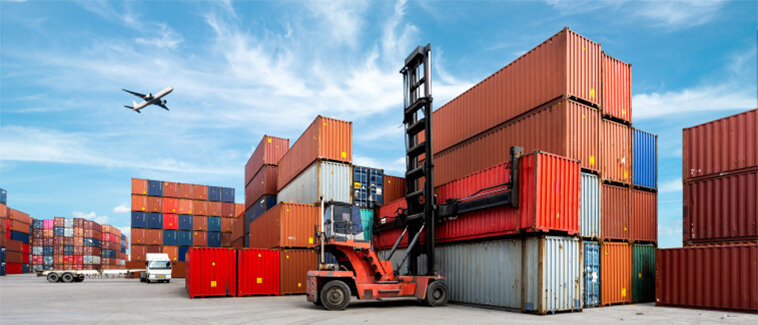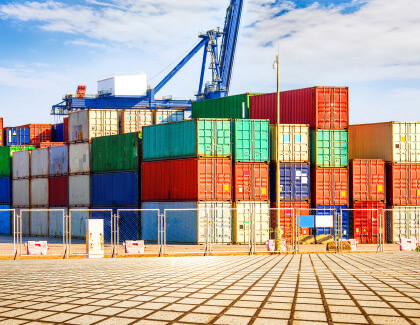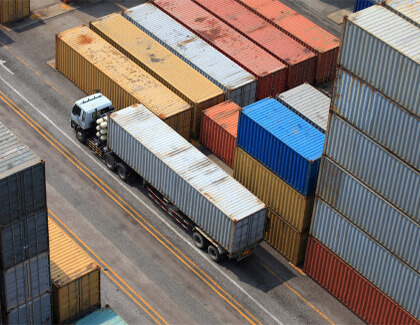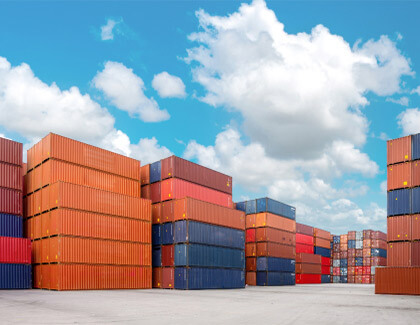
Project
Leveraging Renewable Energy and Plastic Waste Recycling in Modern Logistics
The logistics industry is undergoing a transformation driven by environmental concerns, technological innovation, and evolving regulatory landscapes. At the forefront of this shift are two key areas: the integration of renewable energy sources and the adoption of plastic waste recycling strategies. This project explores global trends, data, and the intersection of these innovations with logistics operations.
Global Renewable Energy Shift
The Rise of Renewable Energy
By the end of 2024, global renewable power capacity reached approximately 4,448 GW, led by solar (1,865 GW), wind (1,133 GW), and hydropower (1,283 GW). In that year alone, over 585 GW of new capacity was added, with Asia contributing 72% of global growth.
Impact on Logistics Operations
Plastic Waste Challenge
The Scale of the Problem
As of 2019, global plastic waste exceeded 353 million tonnes/year, with less than 10% recycled. The rest is distributed across different disposal methods with significant environmental implications.
Most plastic is derived from virgin fossil fuels, and recycling rates remain low due to cost, infrastructure, and policy limitations.
Sustainable Solutions in Logistics
Packaging Redesign
Redesign packaging for recyclability or reuse
Material Innovation
Use recycled materials where feasible
Reverse Logistics
Implement systems for packaging return and reuse
Closed-Loop Systems
Adopt circular logistics for long-term benefits
Sustainable Logistics Opportunities
Renewable Energy Applications
Reduce emissions and fuel dependency
Provide clean, on-site energy
Pair renewables with battery storage
Plastic Waste Innovation
Advanced recycling systems in distribution centers
Compostable materials for specific packaging needs
Partnerships with recyclers and material recovery facilities
Policy and Economic Landscape
Governments are introducing comprehensive sustainability measures:
Forward-looking companies can gain competitive advantages, while laggards may face higher compliance burdens and market disruption.
Conclusion
Renewable energy and plastic waste recycling are now central to logistics transformation. Logistics firms that embrace clean energy and circular economy models stand to reduce environmental impact and unlock long-term value.
Through innovation, policy alignment, and operational shifts, the industry can lead the way toward a sustainable, resilient global supply chain.






